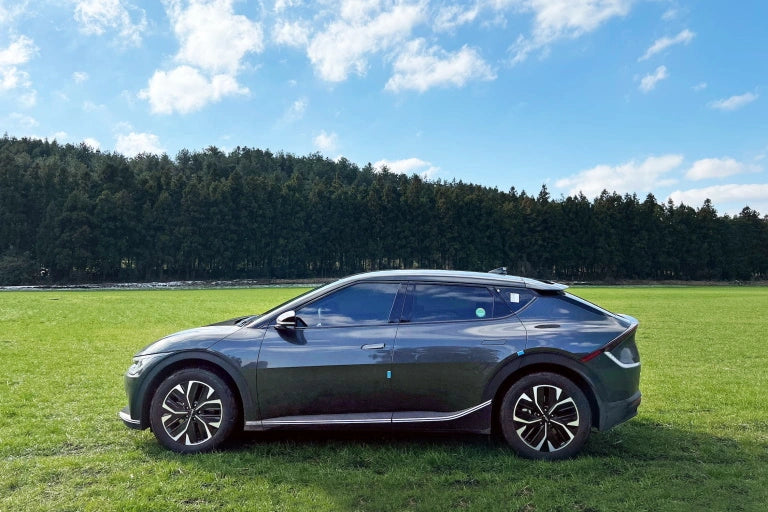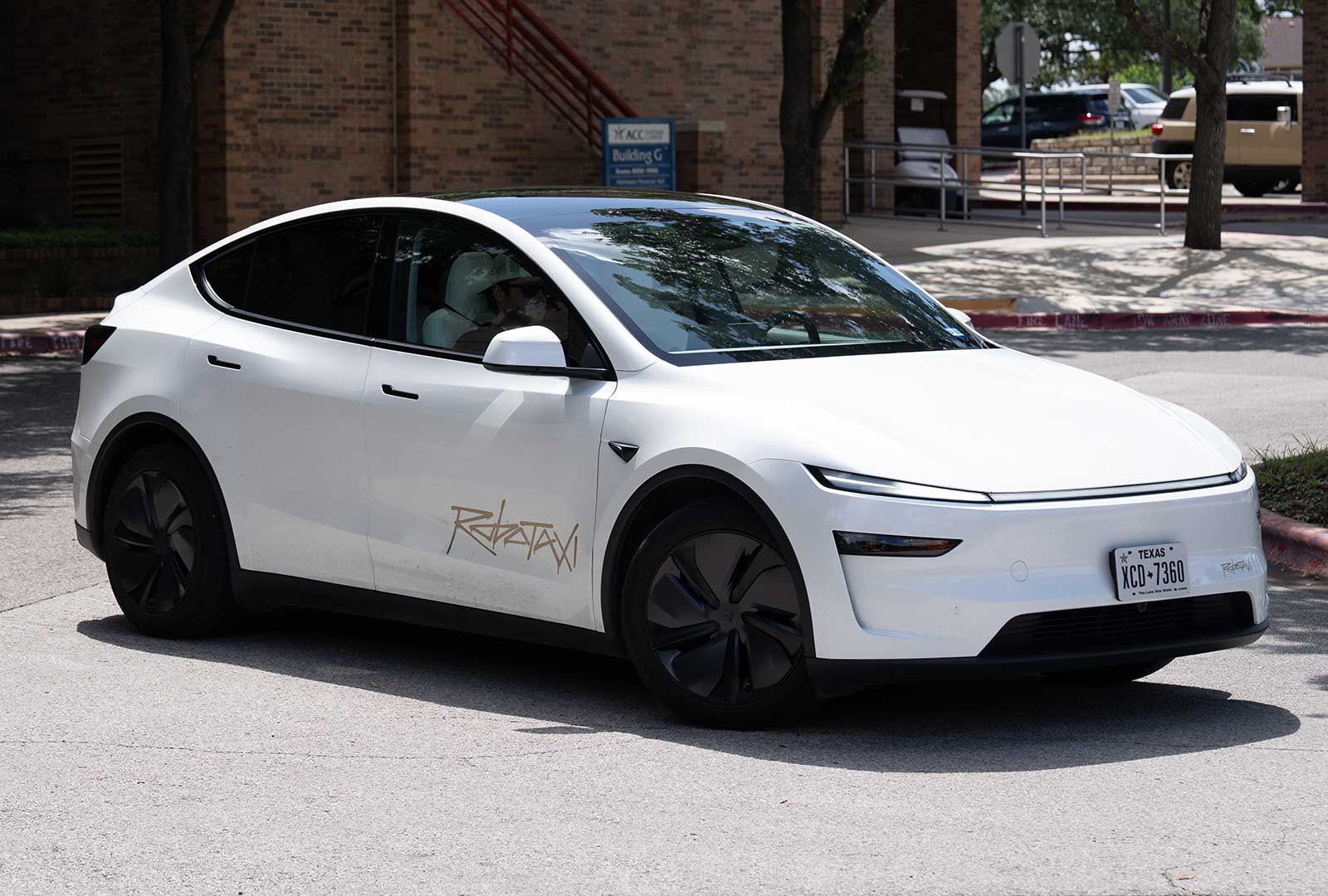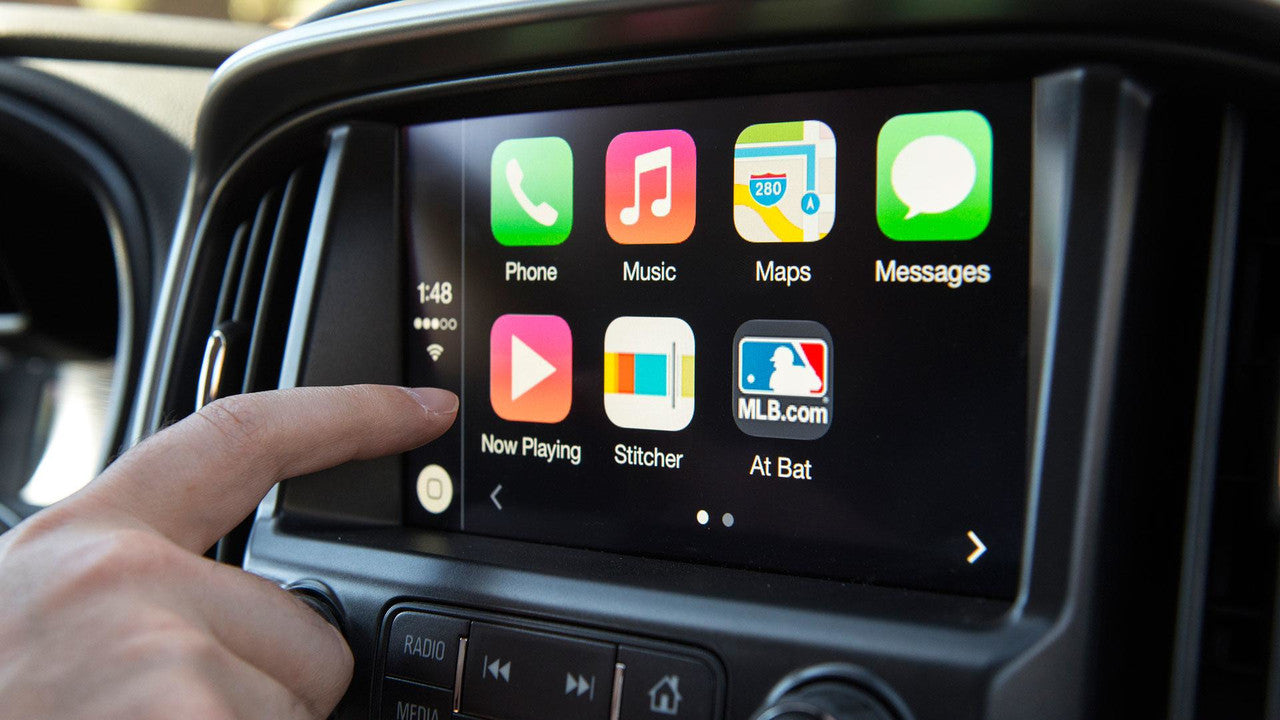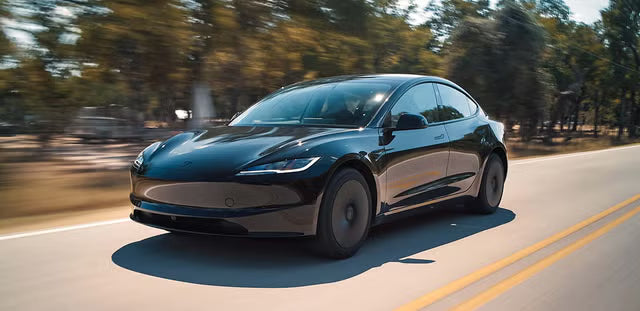As electric vehicles (EVs) continue to gain momentum worldwide, the ecosystem around them is evolving rapidly. The focus is no longer limited to how fast or how far EVs can drive — attention is now shifting to how they integrate into our broader energy infrastructure. One of the most transformative innovations in this space is bidirectional charging, a capability that enables EVs to not only draw power from the grid but also feed energy back into external systems. This is where Vehicle-to-Load (V2L) and Vehicle-to-Grid (V2G) technologies come into play, unlocking powerful new use cases for mobility, resilience, and sustainability.
What Is Bidirectional Charging?
Bidirectional charging refers to the capability of an EV’s powertrain and battery system to allow electrical energy to flow in two directions — from the grid or charger to the vehicle (traditional charging), and from the vehicle back to external systems (discharging). This capability effectively transforms an electric car from a passive energy consumer into an active energy node.
In contrast to unidirectional charging, which only allows energy to move one way — from the grid to the battery — bidirectional systems enable a dynamic interaction between EVs and the surrounding electrical environment. This opens the door to new applications for energy backup, cost optimization, and grid stabilization.
The Two Key Variants of Bidirectional Charging:
-
V2L (Vehicle-to-Load): This allows the EV to supply AC power directly to external devices and appliances, effectively turning the car into a mobile generator.
-
V2G (Vehicle-to-Grid): This more advanced application allows the EV to interact with the power grid, feeding electricity back during periods of peak demand and recharging during off-peak hours.
V2L: Powering Life on the Move
Vehicle-to-Load (V2L) is already commercially available in several EV models. It typically provides 110V or 220V AC output through a dedicated outlet or an external adapter. With V2L, you can plug appliances such as a microwave, power tools, medical devices, laptops, or lighting directly into the vehicle.
Key Features of V2L:
-
Onboard Inverter: Converts DC from the battery to AC for standard appliances.
-
Plug-and-Play Simplicity: Requires no additional infrastructure or utility approval.
-
Portable Power: Makes your EV a self-contained energy source.
Real-World Applications:
-
Emergency Backup: During power outages or natural disasters, V2L can keep critical appliances running.
-
Camping and Outdoor Activities: Lights, cooking equipment, and even entertainment devices can be powered in remote locations.
-
Construction Sites: V2L can support tools and workstations without needing a generator.
-
Food Trucks and Mobile Businesses: Entrepreneurs can operate off-grid temporarily using their EV as a power source.
While V2L doesn’t involve grid interaction, its potential for energy independence is vast — particularly in regions prone to power instability.

V2G: A New Dimension of Grid Support
Vehicle-to-Grid (V2G) takes bidirectional charging to the next level. It enables EVs to participate directly in grid management by returning stored electricity to the utility during peak demand or emergencies. In return, vehicle owners can benefit through incentives or dynamic pricing structures.
How V2G Works:
-
When the grid experiences high demand, V2G-enabled vehicles can discharge stored energy back into the system.
-
When demand is low, vehicles recharge — often taking advantage of cheaper rates or renewable generation peaks.
-
This two-way flow can be autonomously managed through smart chargers and software.
Benefits of V2G:
-
Grid Load Balancing: Reduces strain on infrastructure during peak times.
-
Lower Energy Costs: Participate in time-of-use (TOU) pricing and demand response programs.
-
Renewable Energy Integration: Store surplus solar or wind energy for later use or dispatch.
-
Revenue Generation: Future models may allow EV owners to sell energy back to the grid.
Requirements for V2G:
-
A bidirectional EVSE (Electric Vehicle Supply Equipment) — most current home chargers are not V2G-capable.
-
A V2G-compatible vehicle with inverter control.
-
Utility partnership and smart grid integration, including permission and software communication protocols.
-
Smart metering to track energy export and import accurately.
V2G is not yet widely deployed, but early pilot programs in the U.S., Europe, and Japan are showing promising results for both EV owners and utility providers.

V2L vs. V2G: A Comparison Table
| Feature | V2L | V2G |
|---|---|---|
| Energy Direction | EV ➝ Appliances | EV ⇄ Grid |
| Primary Use Case | Emergency power, mobile needs | Grid services, energy resale |
| Infrastructure Needs | None (AC outlet or adapter) | Bidirectional EVSE + utility setup |
| Control System | Manual/device-controlled | Utility/grid-controlled |
| Regulation Involved | No | Yes |
| Monetization | No | Potential electricity resale |
The Role of Bidirectional Charging in a Smarter Grid
As the energy sector shifts toward decentralized and renewable sources, bidirectional charging could become a cornerstone of distributed energy resource (DER) networks. Imagine a future where millions of EVs collectively serve as a giant, intelligent battery — charging when solar or wind is abundant, and discharging when the grid needs support.
EVs equipped with bidirectional capabilities can:
-
Provide frequency regulation and voltage support to utilities.
-
Act as demand response assets in peak shaving operations.
-
Optimize energy usage across home energy management systems, especially in smart homes with rooftop solar and battery storage.

Industry Adoption and Outlook
Several automakers are now integrating V2L and V2G into their new vehicle platforms:
-
Hyundai IONIQ 5 / IONIQ 6: Offer V2L as a standard feature with an external adapter.
-
Ford F-150 Lightning: Equipped with Intelligent Backup Power for home resilience.
-
Nissan LEAF: Among the pioneers in V2G-capable design.
-
Renault and Mitsubishi: Running V2G pilot projects in Europe.
Meanwhile, utility companies and smart grid innovators are testing large-scale deployments where V2G-equipped fleets can help stabilize regional energy supply.
Visual Diagrams
V2L (Vehicle-to-Load)

V2G (Vehicle-to-Grid)

Conclusion: Vehicles as Energy Citizens
Bidirectional charging is more than a feature — it's a paradigm shift in how we think about energy. Your car is no longer just a means of transport. It’s a flexible power asset, a backup generator, and a potential source of income. Whether through V2L for self-sufficiency or V2G for grid collaboration, electric vehicles are poised to reshape the future of energy distribution and consumption.
As the technology matures, expect tighter integration with smart homes, renewable systems, and community energy programs. The line between transportation and infrastructure is blurring — and that’s a good thing for resilience, sustainability, and innovation.
Category: EV Technology / Energy Systems
Word Count: ~1,070 words








Share:
How Far Does a Volkswagen ID. Buzz Go on a Full Charge?
What Is V2H? Understanding Vehicle-to-Home Energy Technology